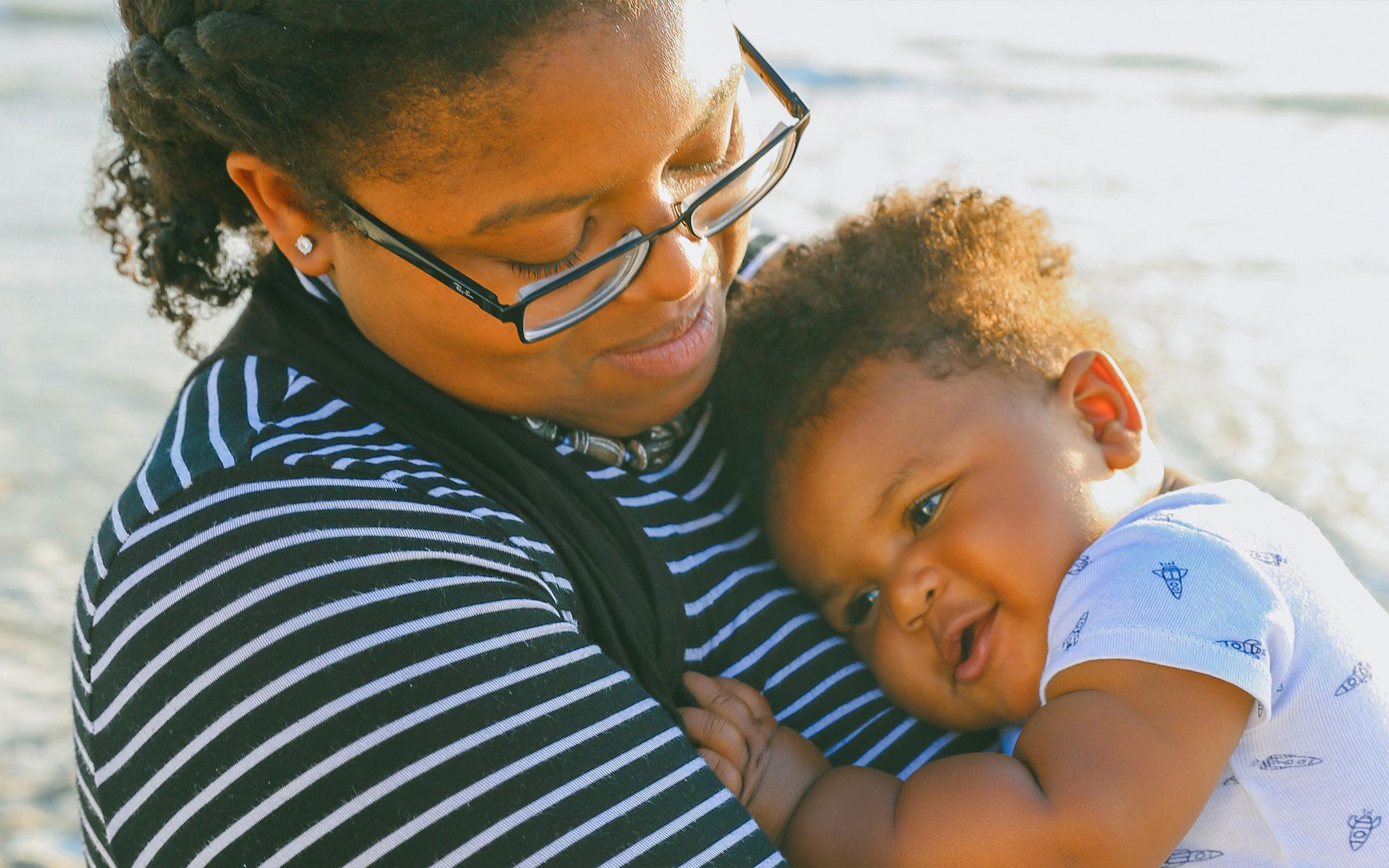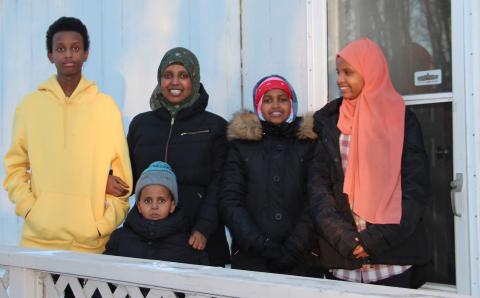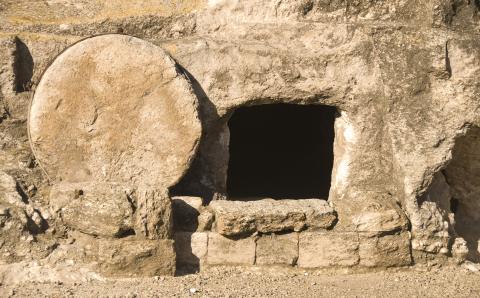I recently gave birth to my fifth baby, and my body knows it. My soft middle remembers the way it slowly stretched to accommodate the lives that grew inside it. The little red mole above my lip sprouted while carrying my first child, and I have four similar markings from my other children. I’ve had to learn how to cope with and medicate a roller coaster of hormones that have resulted in seasons of postpartum depression. Even my knees testify to multiple pregnancies with the stretch marks they wear. And that is just the short list of long-term side effects I’ve personally experienced during childbirth.
The Weight of Motherhood
There is a certain weight to being a parent, and that doesn’t apply only to those carrying extra pounds from pregnancy. The physical toll of nurturing life lasts long after a newborn cries out with their first breath, whether or not someone gave birth to the kids they are raising. There are babies to bounce, diapers to change, toddlers to chase, and spills to wipe up. There are muddy pants to launder, peanut butter and jelly sandwiches to prepare, and games of pretend to play. There are sibling fights to break up, discipline to carry out, and “owies” to kiss. By 7 o’clock most nights, my body is tired and there is a large spot of spit-up on my shoulder.
I don’t always carry this weight well. In moments of self-pity, I want to scream that I’m tired of working a 24-hour job while only being paid in my children’s bodily fluids. My attitude is worse when my kids act out or seem ungrateful. I want to show them the stretch marks and moles and hours of sleep I’ve lost and say, “Can’t you see all that I’ve sacrificed in order to give you life?”
Although it’s not considered polite to describe the gory details of childbirth and daily motherhood, this is the way Jesus chose to come to us. The labor pains that ripped through his mother’s body were the same as the pains women experience today. Even though Jesus is the Savior of the world, he was nursed, probably scraped his knees, and definitely made dirty diapers. His daily life involved the same hunger and fatigue shared by all human beings. And his death that we closely examine during this season of Lent was excruciatingly physical too.
The Weight of the Cross
When I was in middle school, my teacher read out loud an in-depth description of how Roman floggings and crucifixions took place. It was the first time I heard the words “Jesus died on the cross” and listened with more than spiritual ears. My entire body cringed. What I’ve read in the Bible is enough to grasp the big idea of salvation, but learning historical context has helped the physical cost of my salvation sink deep into my heart. For example, it’s enough to know that “Pilate took Jesus and had him flogged” (John 19:1). Still, it’s impactful to learn that Roman soldiers used whips made of leather tipped with pieces of lead or bone to tear the skin along a victim’s shoulders, back, and legs. I knew Jesus’ death involved torturous pain and blood loss, but I didn’t know that while hanging on the cross Jesus couldn’t breathe.
As the crucified hung from the nails in their wrists, the muscles in their chests were paralyzed and unable to push air out of their lungs. They had to push against the nails in their feet—rubbing against nerve and bone—in order to lift their body up the cross beam so their chests could compress and their lungs could exhale. Their legs would severely cramp as they held their body weight, forcing them to give up and hang by the nails in their wrists again. These movements up and down the cross in order to breathe became less frequent as the victim’s body wore out. Their oxygen levels would fall, and their hearts would become so compressed that they could no longer pump blood through their bodies (paraphrased from the online article A Physician’s View of the Crucifixion of Jesus Christ, by Dr. C. Truman Davis).
Pilate “handed (Jesus) over to be crucified” (Mark 15:15), but it’s hard to stomach that this meant Jesus endured more than six hours of his flesh ripped apart, his nervous system tortured, his bones disjointed, his muscles cramped, his thirst enraged, his lungs slowly suffocated, his heart literally broken.
All because Jesus chose to carry the weight of our sins.
The Weight of Glory
The physical sacrifices of parenting are not equal in any way to the sacrifice Jesus made on the cross. However, the weight we bear as caregivers points us to the weight Christ bore for us. As his children, we can examine his scars and come to our own conclusion: look at all he sacrificed in order to give us life! The beautiful thing is that, unlike the exasperated way I sometimes approach my children, Jesus’ goal isn’t to keep score. In fact, when he showed his disciples the nail marks in his hands and the place where the spear pierced his side, he said, “Peace be with you!” (John 20:19).
This truth doesn’t make me less tired as a mom, but the way Jesus endured a heavy cost in order to give me life helps me frame the physicality of motherhood with eyes of purpose instead of martyrdom. Jesus’ blood motivates our bodies. Love costs us, but at the same time we rejoice that the sacrifices we make are for the sake of building up the church (Col. 1:24). Our bodies are indeed wasting away, but our grief and everyday trials are “achieving for us an eternal glory that far outweighs them all” (2 Cor. 4:16-17).
The physical nature and death of Jesus matters. As the Heidelberg Catechism reminds us in Q&A 16, Jesus had to be truly human (and truly righteous) because “God’s justice demands that human nature, which has sinned, must pay for sin; but a sinful human could never pay for others.” This physicality also matters because it reminds us that the obedience God asks of us in our daily lives does not consist only of activities seen as “spiritual,” such as reading the Bible and attending church.
The mundane moments of our days that only God sees are opportunities to worship him too. When we kneel down to pick up cereal from the floor or change diapers, we are bowing to Jesus as we care for the most vulnerable among us.
About the Author
Kendra Broekhuis lives in Milwaukee, Wis., and is a member of City Reformed Church. She is a mom of five and the author of Here Goes Nothing: An Introvert’s Reckless Attempt to Love Her Neighbor. You can find her on Facebook and Instagram @kendrabroekhuis.






